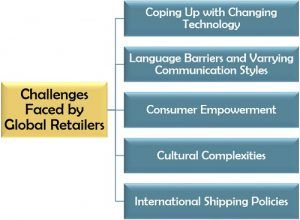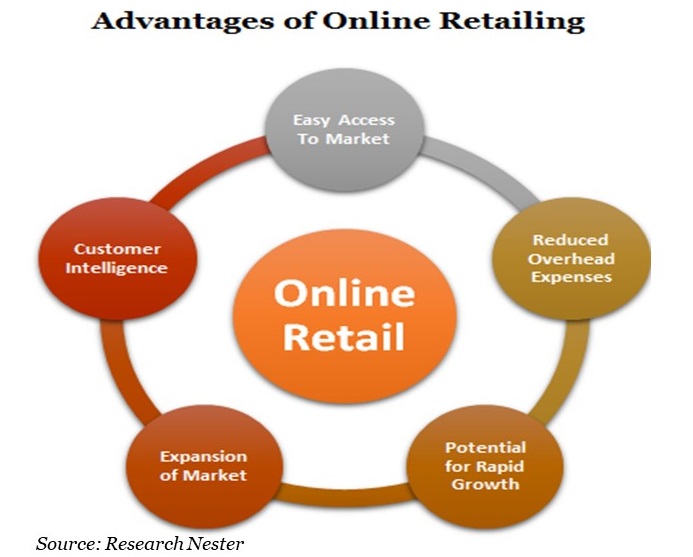Challenges and Opportunities in International Retail Expansion: Navigating the Global Market

As the world becomes increasingly interconnected, international retail expansion has become a vital strategy for businesses looking to thrive in the competitive market. However, expanding into new territories comes with its fair share of challenges and opportunities. In this article, we’ll delve into the key issues and benefits of international retail expansion, providing insight and inspiration for businesses considering this bold move.
Understanding the Market: Research is Key
Before diving into the exciting world of international retail expansion, it’s essential to conduct thorough market research. This includes analyzing consumer behavior, understanding local market trends, and gathering intelligence on competitors. A study by Euromonitor International found that 62% of retailers expand internationally because of the potential for increased sales and revenue. However, without proper research, this expansion can lead to costly mistakes.
Overcoming Logistics and Supply Chain Challenges
Once a business has identified the right market and developed a solid strategy, it’s time to tackle the logistics and supply chain challenges. International retail expansion often requires setting up new warehouses, negotiating with suppliers, and managing inventory across different territories. According to a report by McKinsey, logistics and supply chain issues are among the top three challenges faced by international retailers. To overcome these challenges, businesses must invest in digital technologies and establish strong relationships with suppliers.
Cultural and Regulatory Hurdles
Cross-cultural communication and understanding are crucial for successful international retail expansion. A study by Forrester found that 71% of consumers are more likely to make a purchase online if the content is presented in their native language. Moreover, businesses must also navigate complex regulatory environments, ensuring compliance with local laws and regulations. According to the World Trade Organization, tariffs and non-tariff barriers can add up to 15% to the cost of goods traded internationally. To overcome these challenges, businesses must invest in cultural training and ensure they have a deep understanding of local regulations.
Technology: A Game-Changer for International Retail Expansion
Technology has revolutionized the retail industry, providing businesses with the tools and platforms needed to succeed in a global market. E-commerce platforms, social media, and data analytics have made it possible for businesses to reach customers worldwide, track sales, and analyze market trends. According to a report by PwC, 63% of retailers believe that digital technology has increased their competitive advantage. To take advantage of these technologies, businesses must invest in cloud computing, mobility, and data analytics.
Conclusion: Seizing the Opportunities in International Retail Expansion
While international retail expansion comes with its fair share of challenges, the opportunities are vast and rewarding. By conducting thorough market research, overcoming logistics and supply chain challenges, cultural and regulatory hurdles, and embracing technology, businesses can successfully navigate the global market. In an increasingly interconnected world, international retail expansion is no longer a luxury, but a necessity for businesses looking to stay ahead of the competition.



